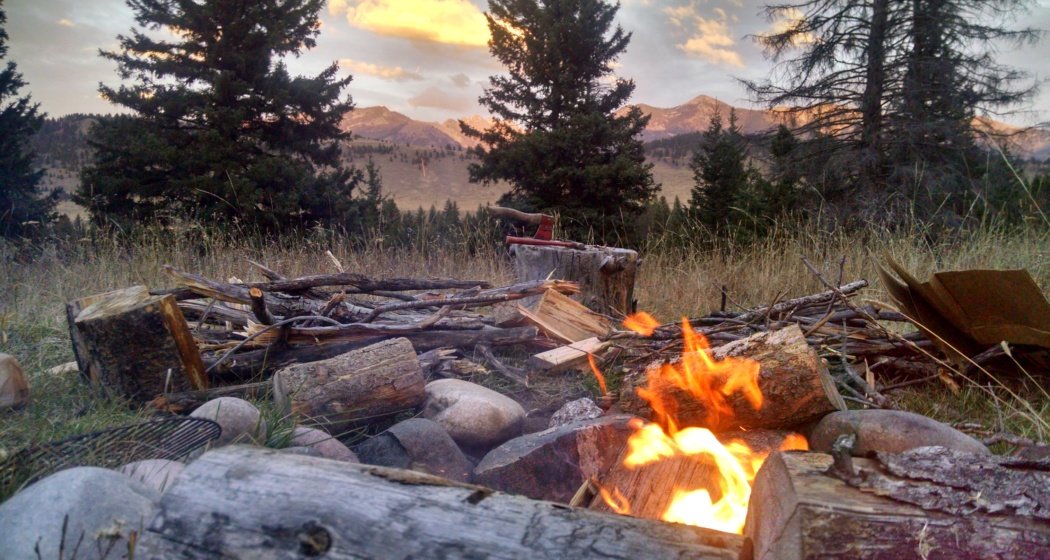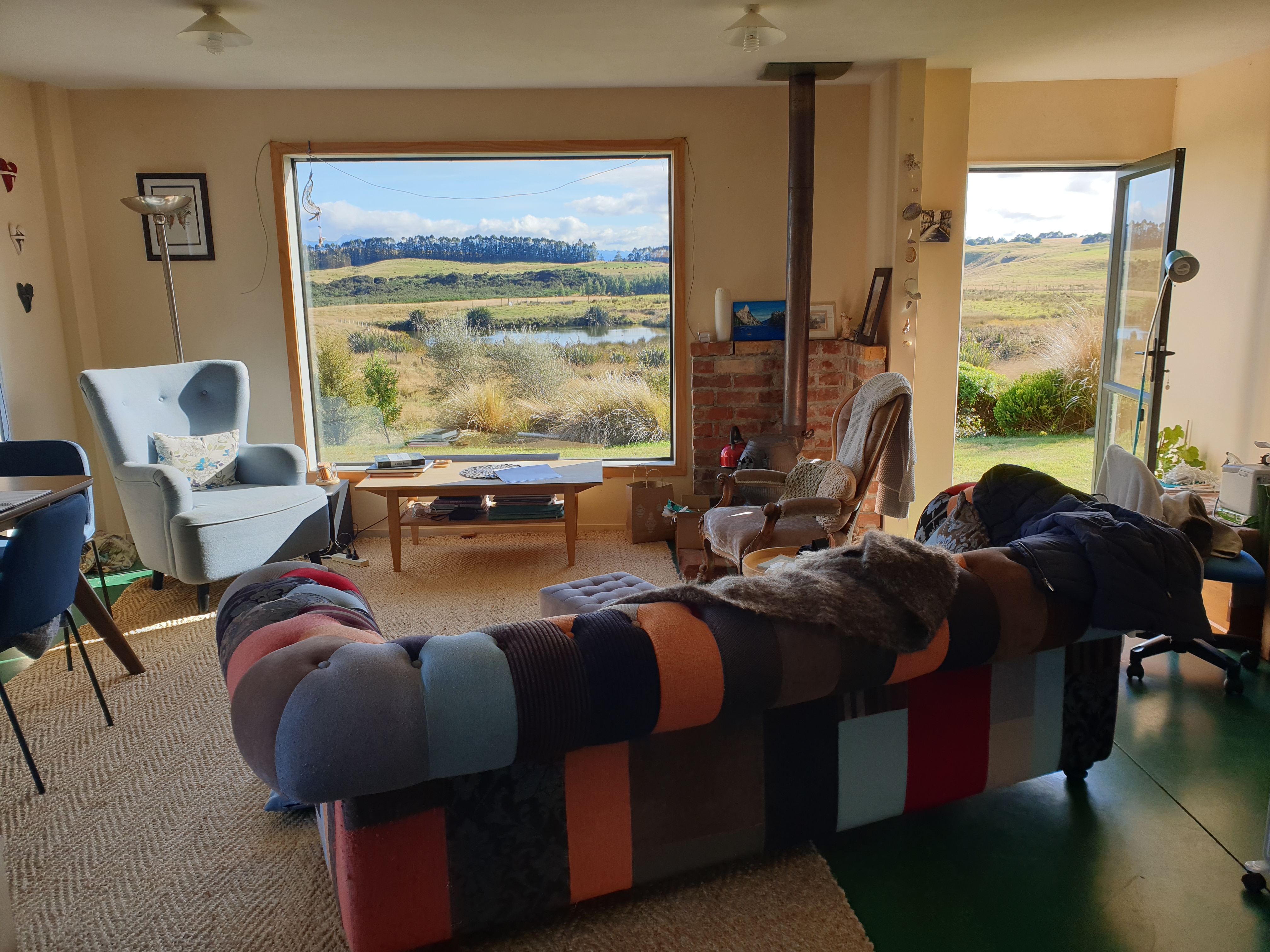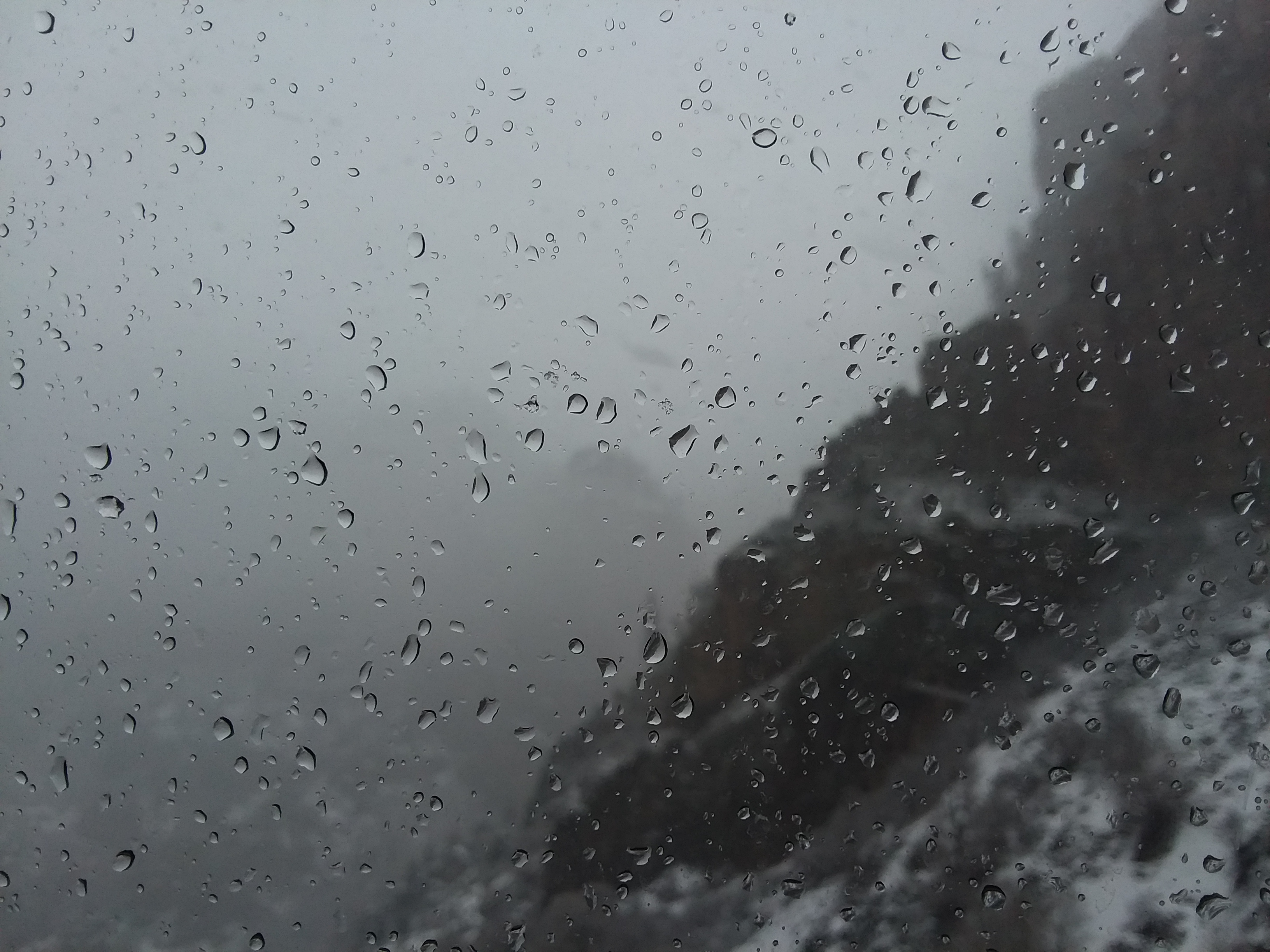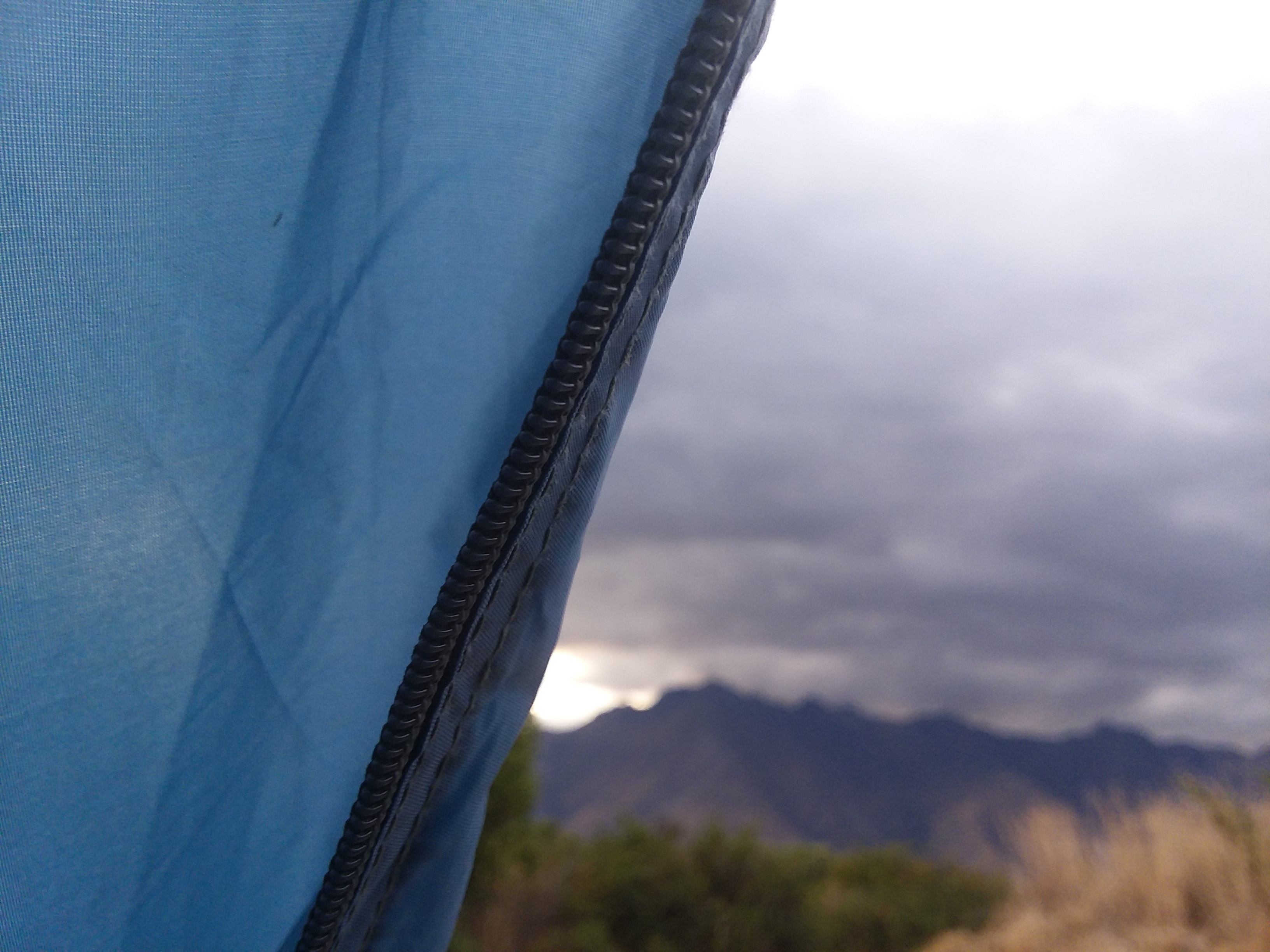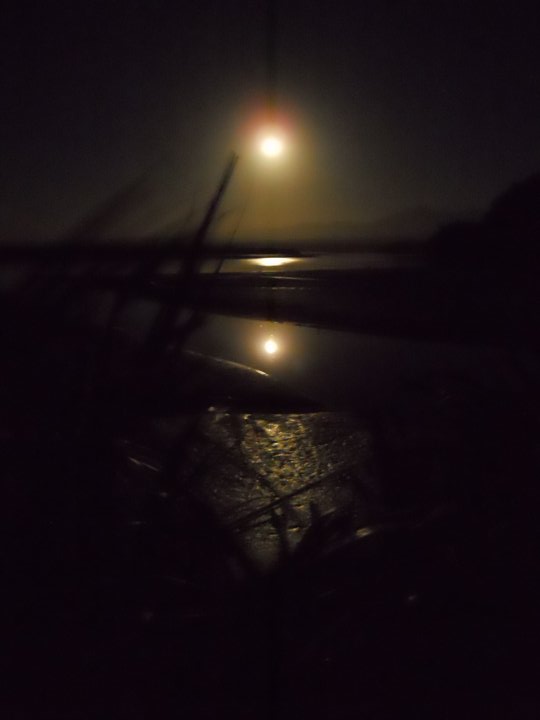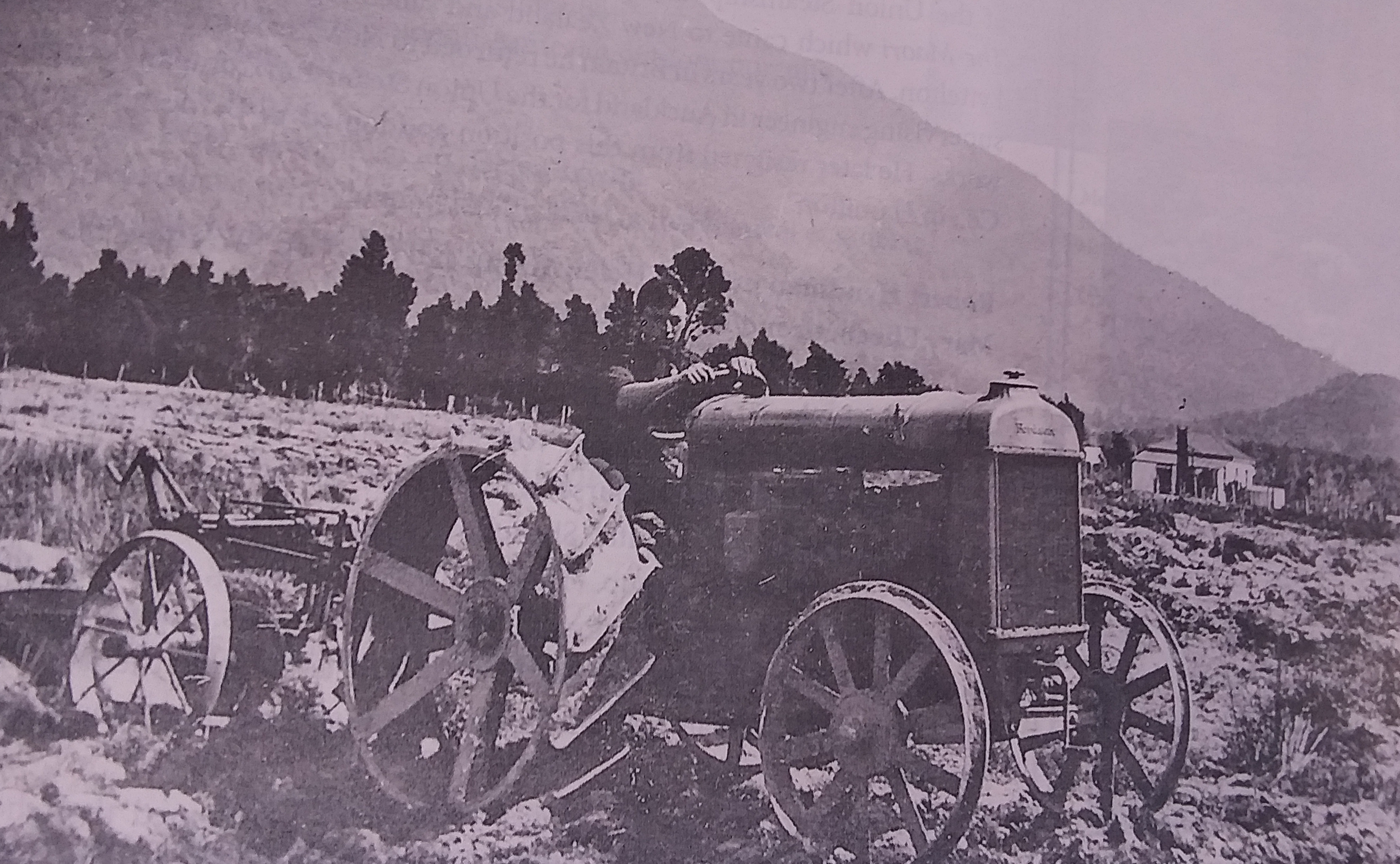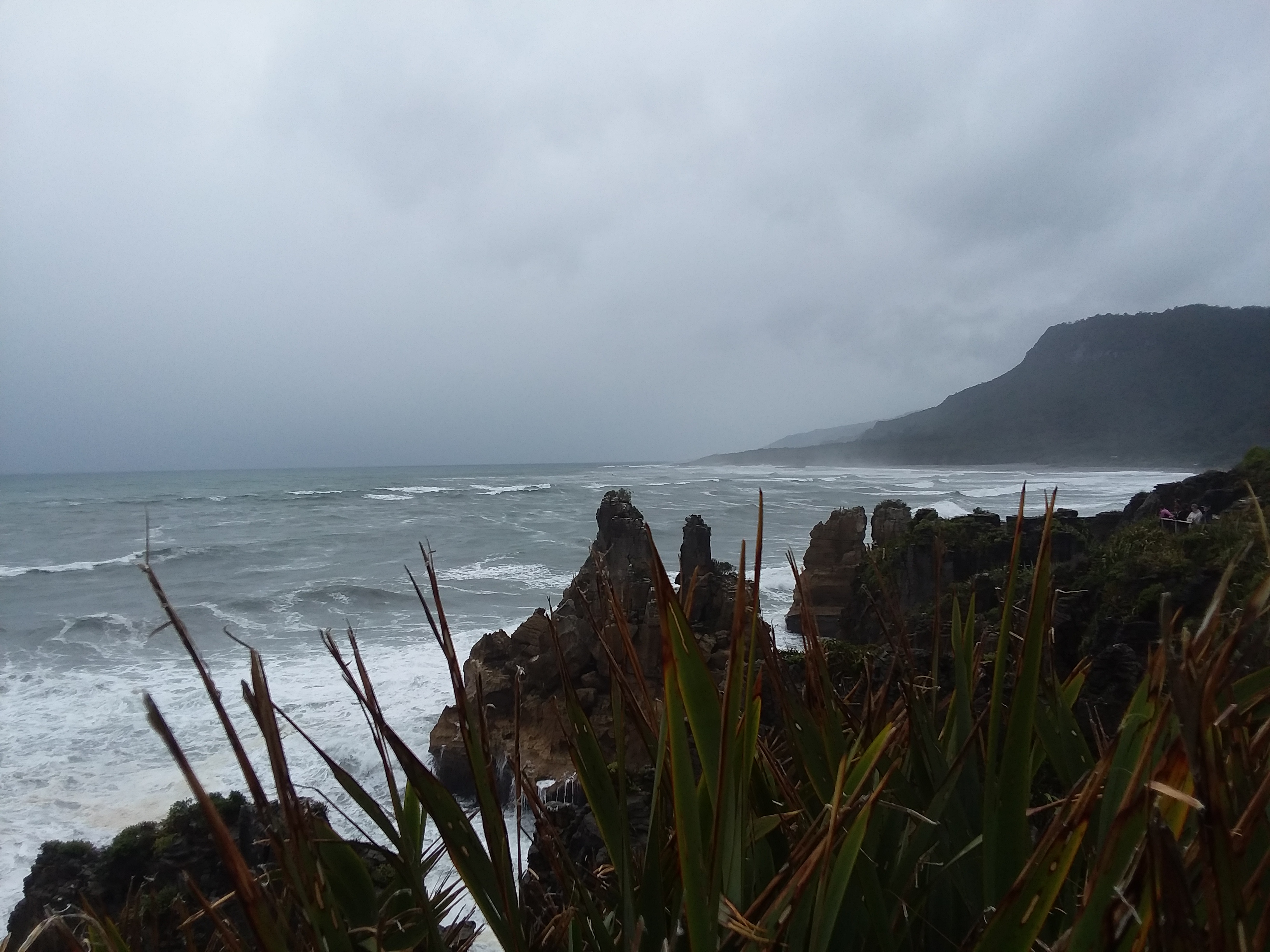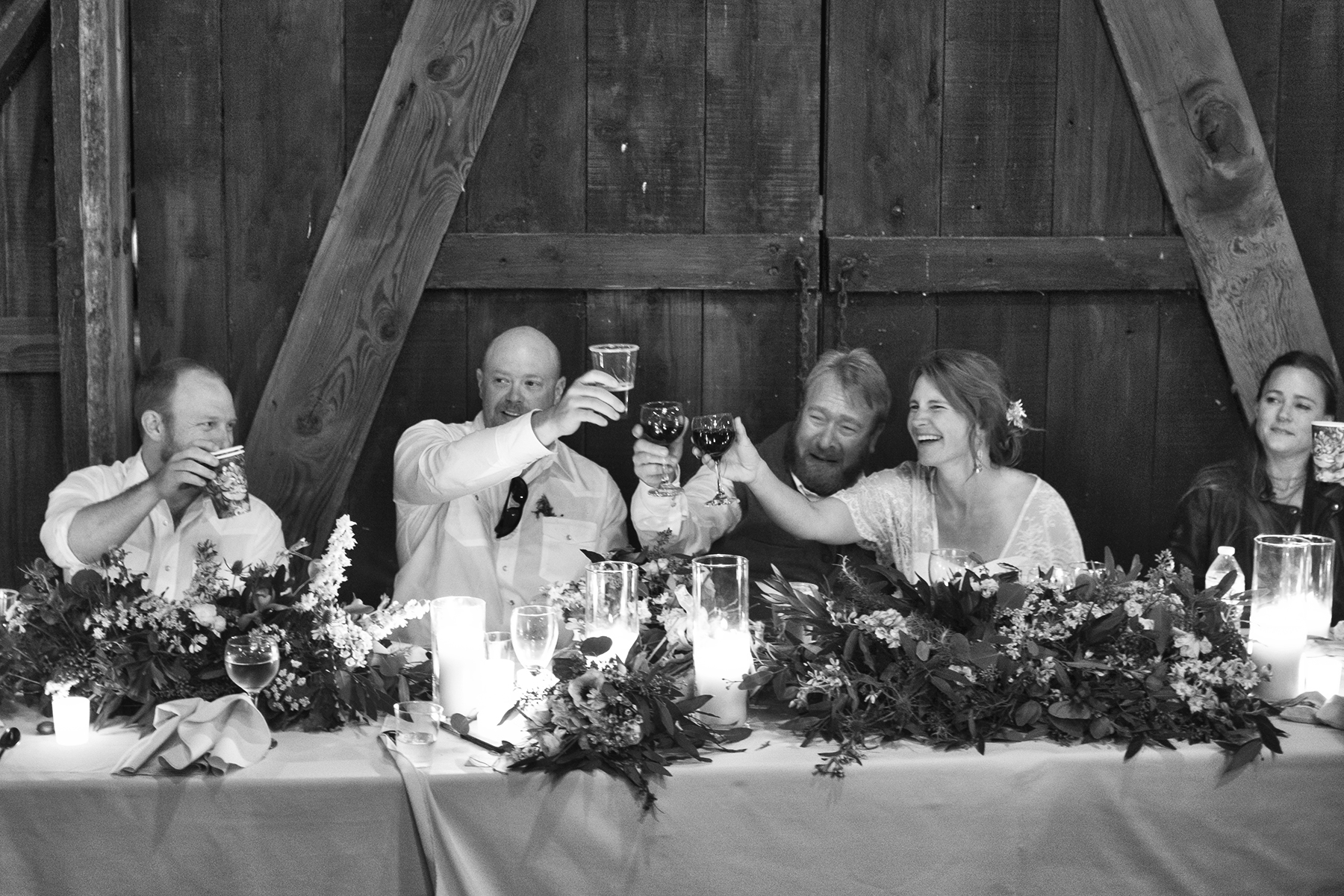
It was so bright and unmissable in the rocks. My first thought was that John had placed it there as a joke. I looked around, up and down the lake beach like I had been pranked.
Oh come on.
The afternoon winds were already starting to pick up and the trees rustled above. Of course this wasn’t John, who was hours away, fishing on the Mataura. He had kissed the girls and I goodbye on our foreheads well before 7 as we dozed in the two-bedroom flat two blocks from the supermarket in Te Anau, our base for these first few weeks in the South Island. Jessie or Eliza? At 3 and 4, how would they know? They ran up and down the shore, calling out to the birds, oblivious.
We had just packed up the summer morning of my dreams. Sun spilled all over the carpet where we lay watching Ponyo, duvets dragged from our beds, looking out to the February trees and hedges of Matagauri, alive with bees and the bird calls I had longed to hear again. Fat flies coming through the open window above the sink cruised the plates with crusts of Vogel’s toast with butter and creamed honey, apricot pits and half-eaten strawberries. Outside our sheets moved with the breeze on the laundry line, grazing the tips of the wet grass. I wished I was a painter to capture this sudden, beautiful lull of high summer: A Tip Top ice cream tub of clothespins on a white plastic chair. A French press coffee still half full by the dish rack. Fiordland rising like a moon over all of this. Wildness, wildness, wildness beyond the mailboxes.
In jandals, sunnies and togs, we had marched down to the BP petrol station to choose the frozen berries from Central Otago orchards that would get shoveled into our ice creams and blended before our eyes, noses pressed to the glass. A first sliver of the joys I had wanted to hand over to the girls, this taste of a Murihiku summer. The last joint of the tail of the world where light in February is unending. Sleep gets in the way. In every vein, this place, this time, aligned with their core.
Months before, through the holidays in Montana, as we prepared our departure, I would run at the gym on the main street of our town, before going to work at a restaurant in the evenings. It was snowy and quiet outside, with nearly floor-to-ceiling windows in this century-old building that looked out to the hills and forests above Broadway Street. As my footsteps thundered over the whirring of the treadmill, I’d try to conceive of what our life would look like in New Zealand. Find your why. This from the bounty of podcasts I had motored through, with themes like pivoting later in life, taking risks, making moves that make your stomach drop. I was just discovering Mel Robbins and I’d stride purposefully along, psyching myself up into a glass half full mindset that would plummet as soon as I put my coat and snow boots back on and step outside into the cold reality. What were we doing?
If taking these stomach-dropping risks is all about mindset, then you work like an athlete to train your mind. Look for hearts, Robbins says, in one of her exercises. Once you start directing your mind to look for them, you’ll see them. You’ll see them in the water stains on your ceiling, in your daughter’s earlobe. In the shape of a houseplant in the window. Just look.
Yeah, yeah, yeah, I’d think. Kind of baloney. But it also kind of, you know, was true. The eye sees what the mind brings to it and all that. As we counted down the weeks and then days until our departure, and the war with fear would begin as soon as I’d open my eyes in the morning, I’d realize what a crazy mind game doing something you deeply want to do can be.
Deep breaths. Steady on. Now find a heart. And just keep swimming.
Weeks later, we were here on this lake beach. Alive, healthy, happy, lost in our adventures. There was no war in my mind when I opened my eyes.
Disbelief. That was what I woke to since the morning we arrived. Deep joy and wonder. A tinge of sadness that another day here had gone by – did I make the most of it?
And gratitude. That the clouds had parted. That the path had cleared. We were here. I hadn’t played the heart game since we left winter behind us.
And yet, here in the bleached rocks on this empty lake beach at the bottom of the world: A bubble gum pink wooden heart the size of my palm, two inches thick. Unmissable.
What is this, I think. If not a joke, then a reminder? A high five from the universe?
I hold it for a moment, before dropping it in my purse. I know it will be lost and found in seasons ahead. My hand will reach in there for a pen or chapstick or crayons and among the receipts and coins and crumbs, my fingers will touch this wooden shape and remember this moment again.
The girls scream in the cold water and run towards me for towels. I wrap them up like mummies, slip their jandals on, and I give in to their plan to head to the Sandfly Cafe for fluffies and lolliecake. There is talk of making a roast chicken for dinner when John gets home later. We should drop Ponyo off at the library and see what other DVDs they have.
I sling my purse over my shoulder, and my hand dives in deep, a new reflex, to clutch my treasure like a talisman. Who knows when I’ll need to find it again.
